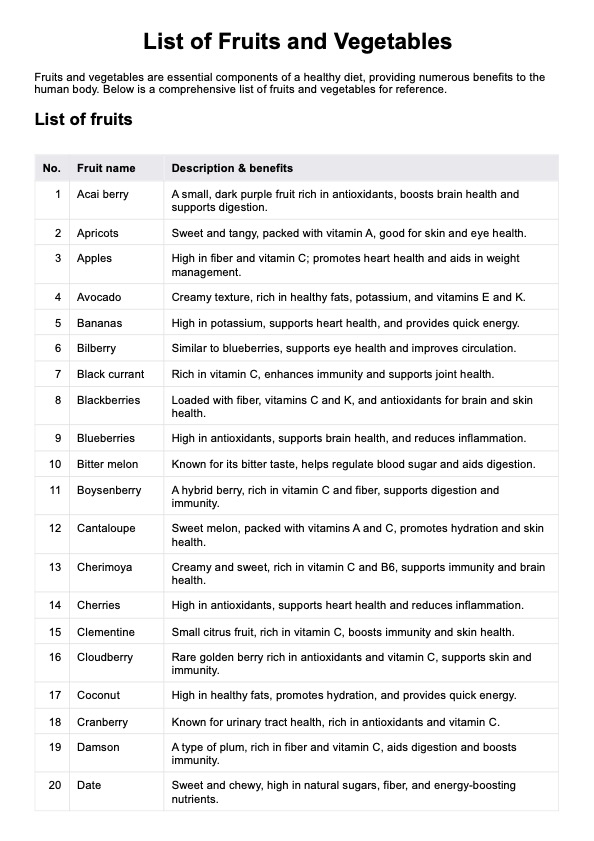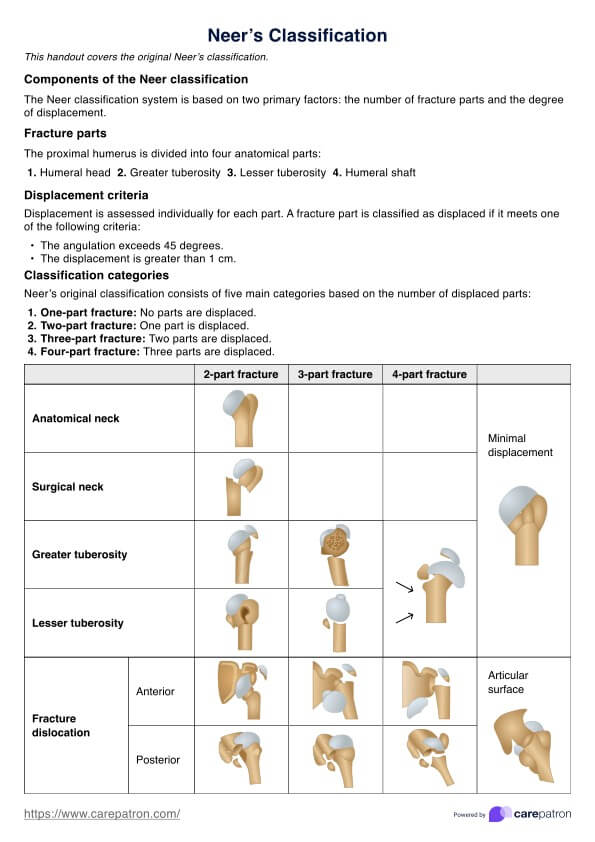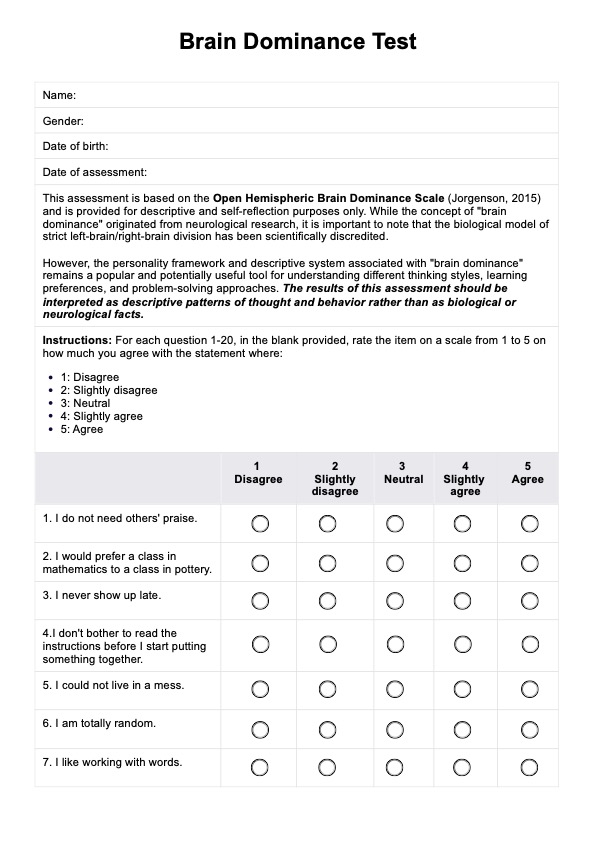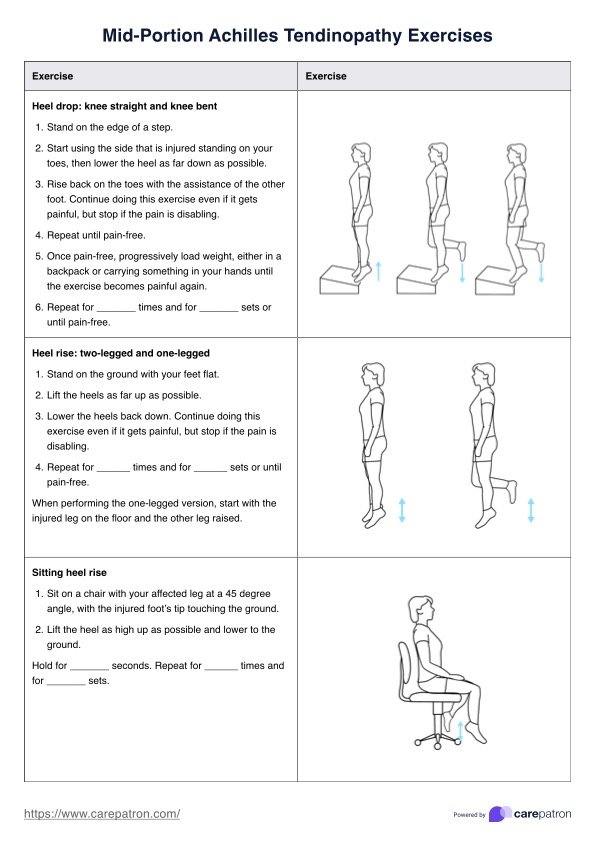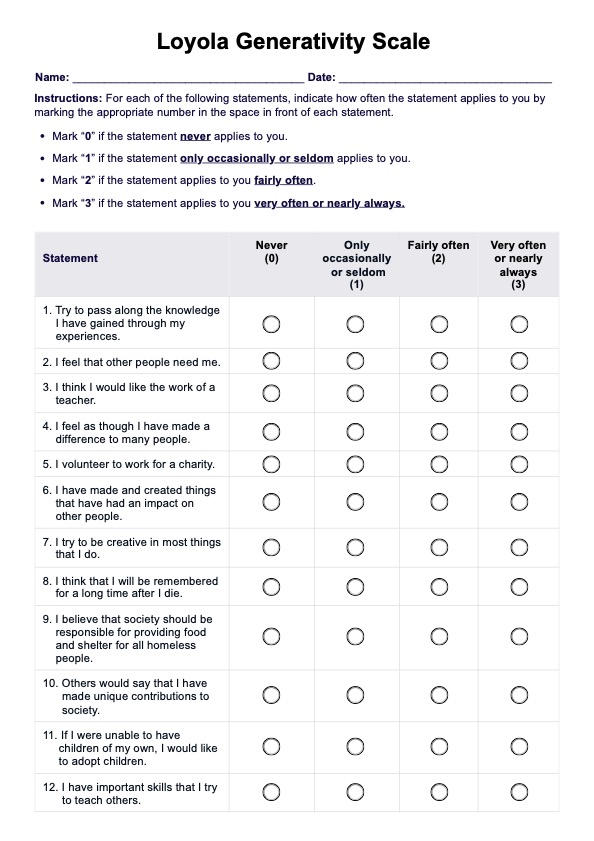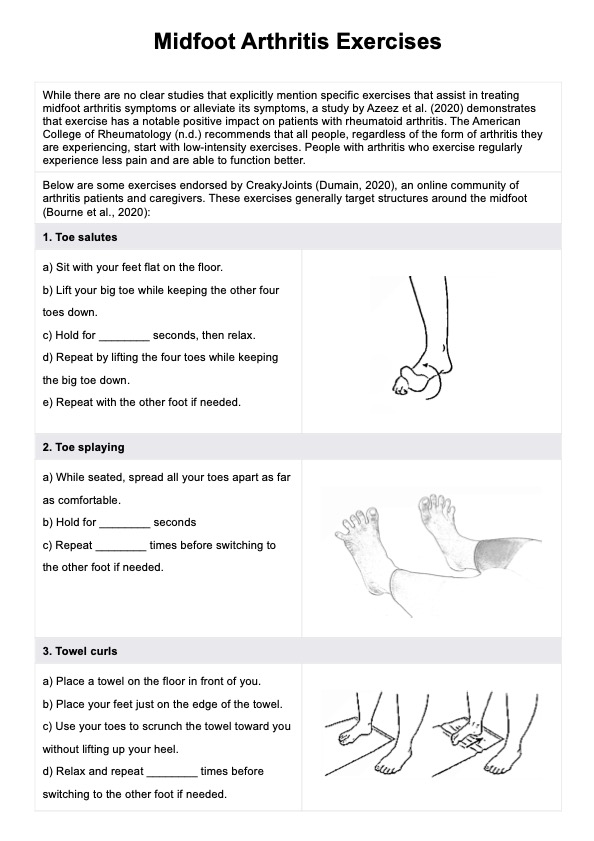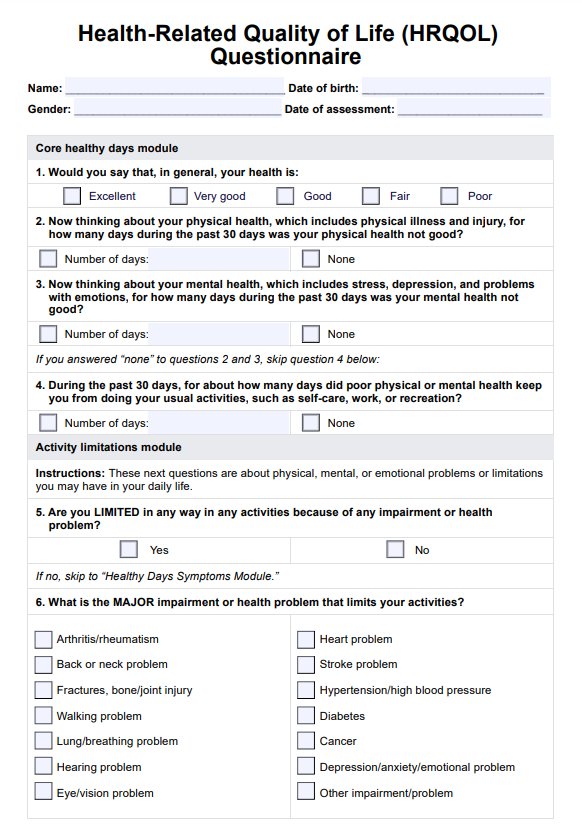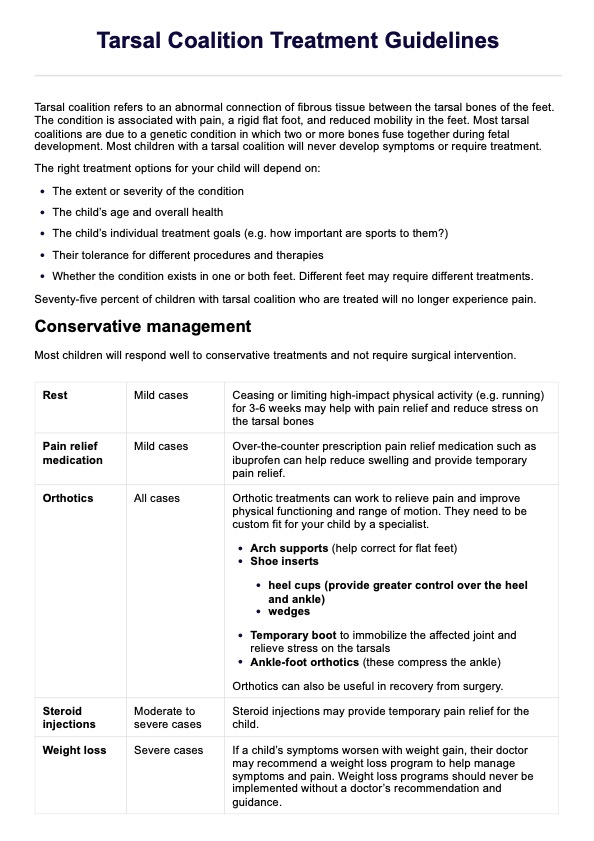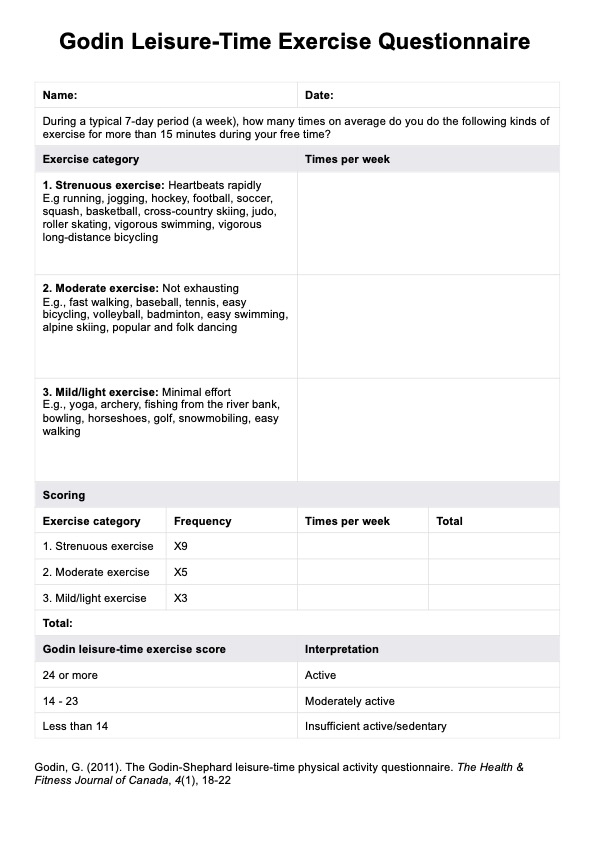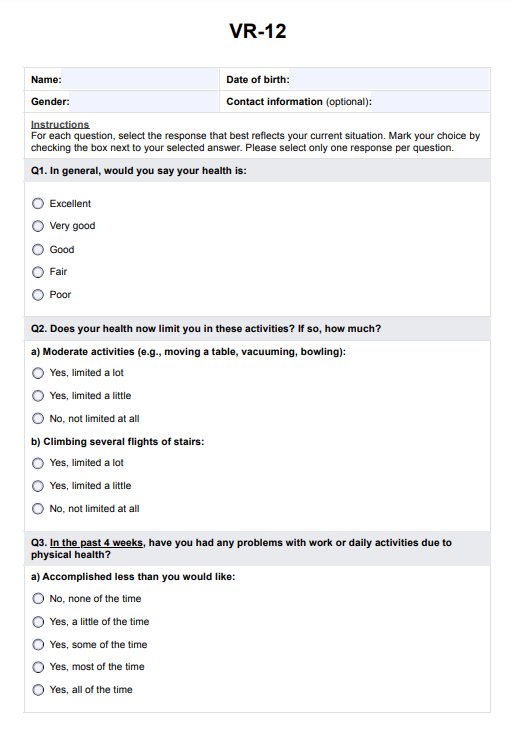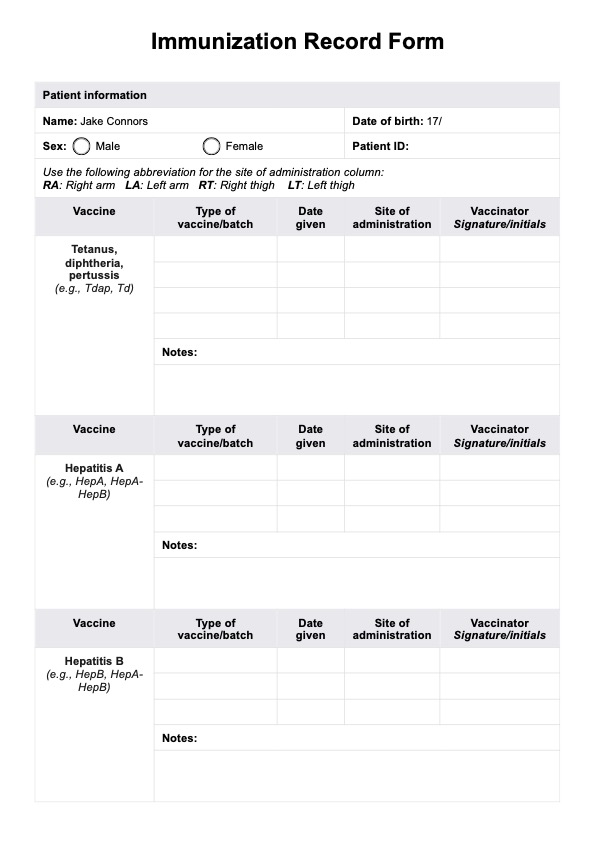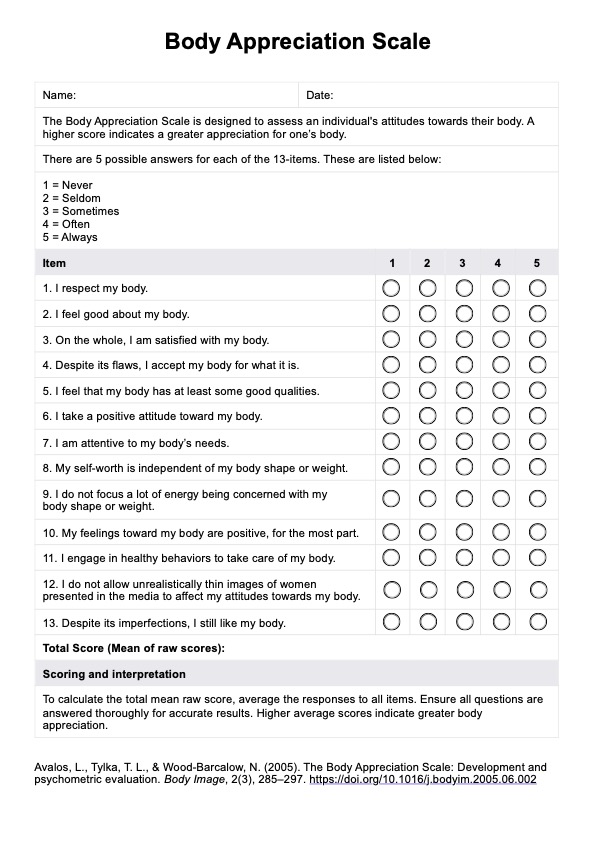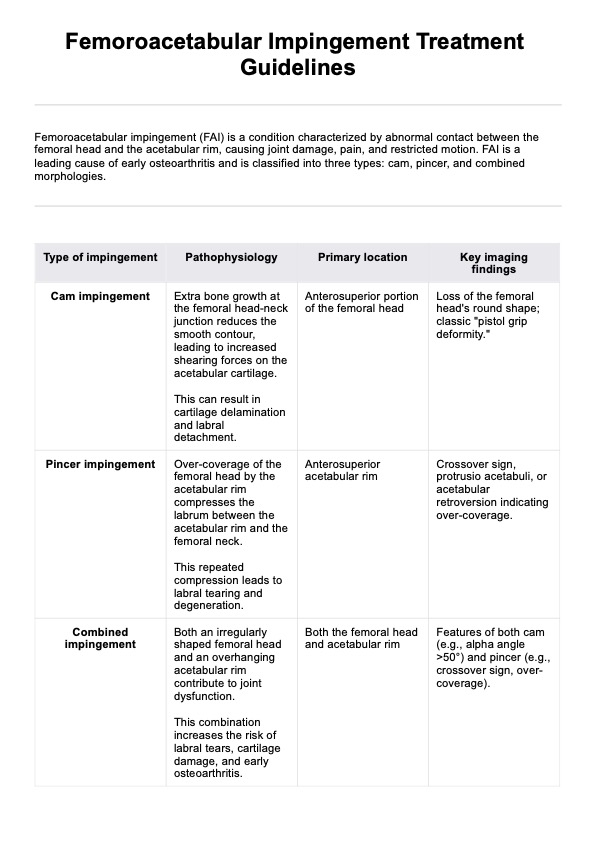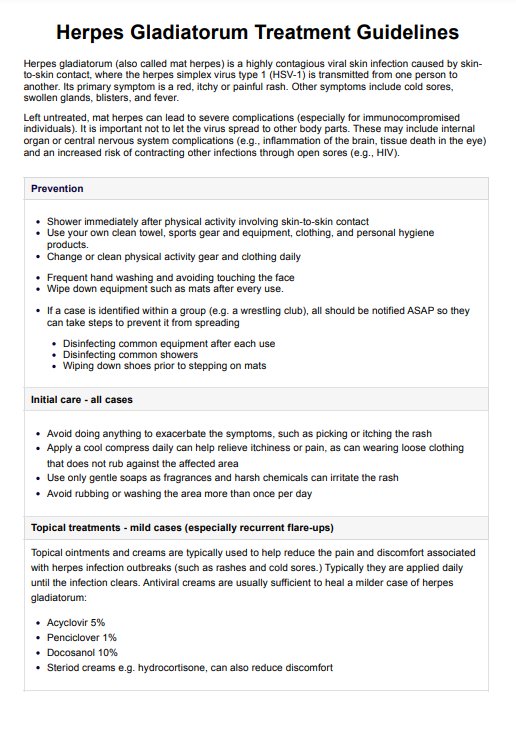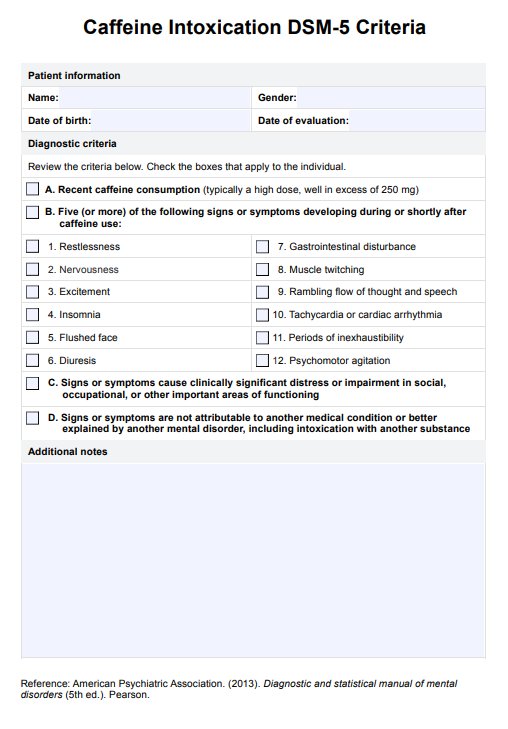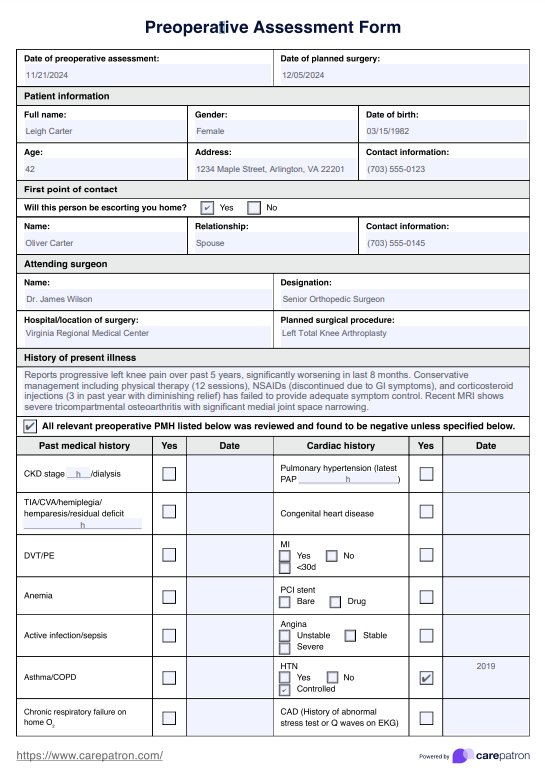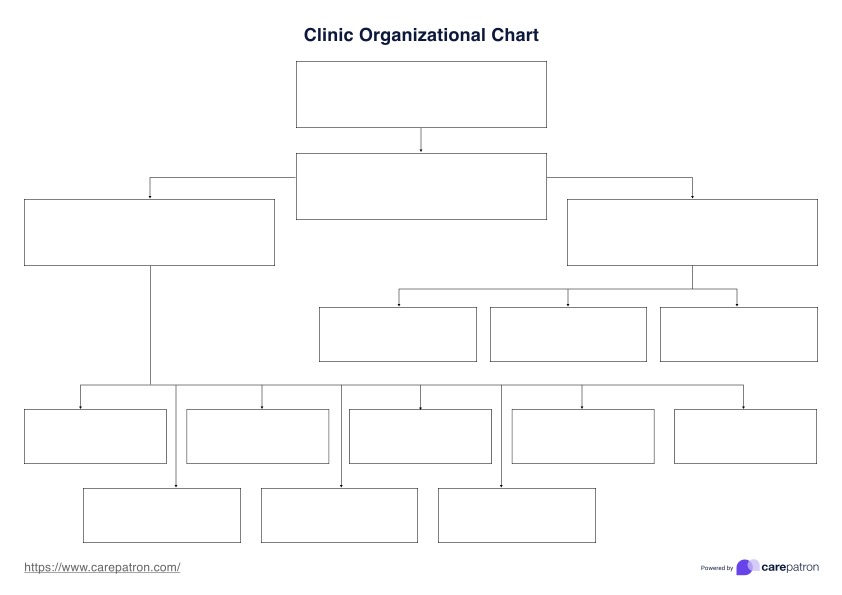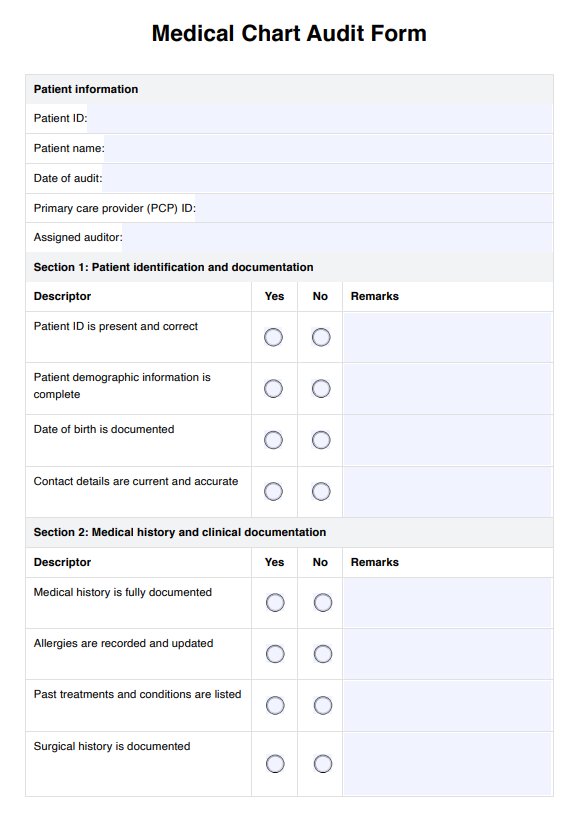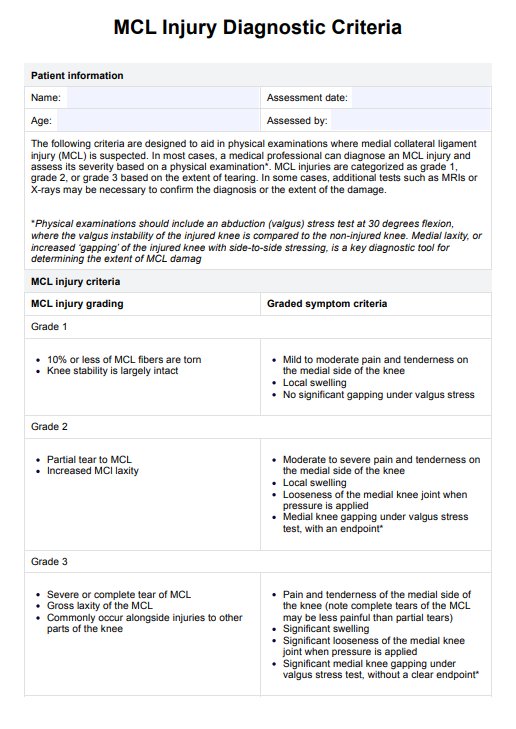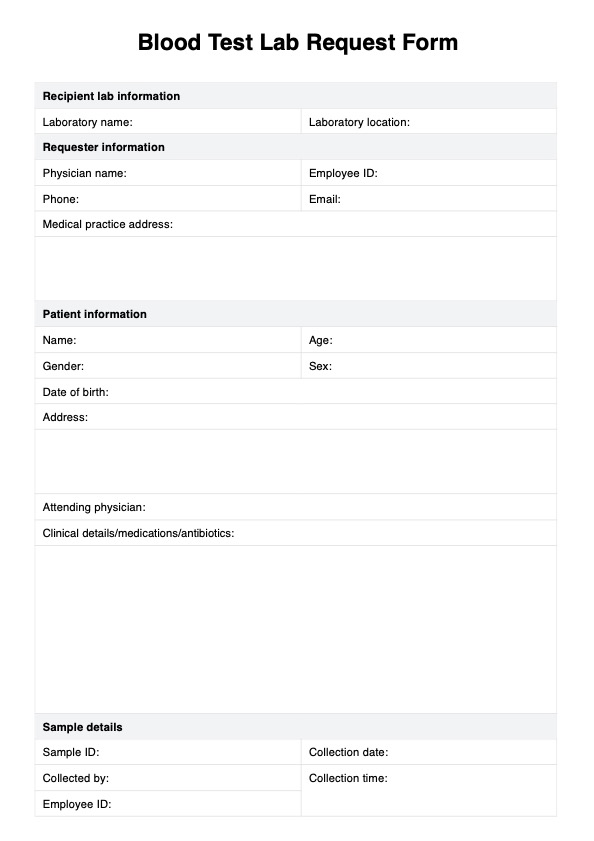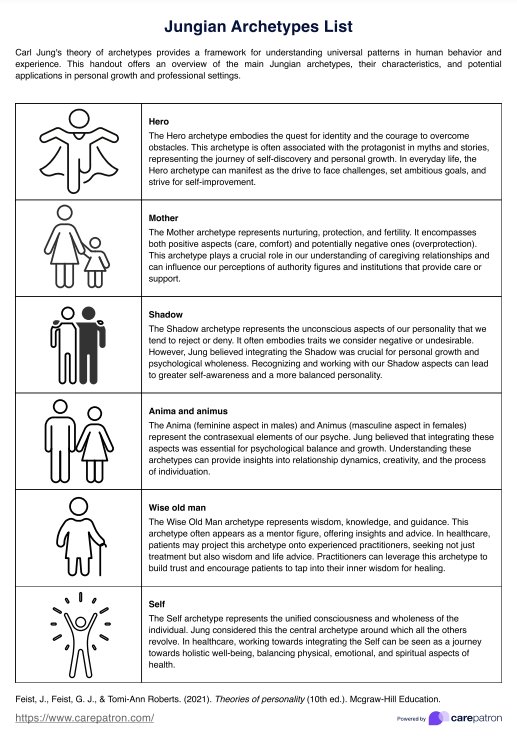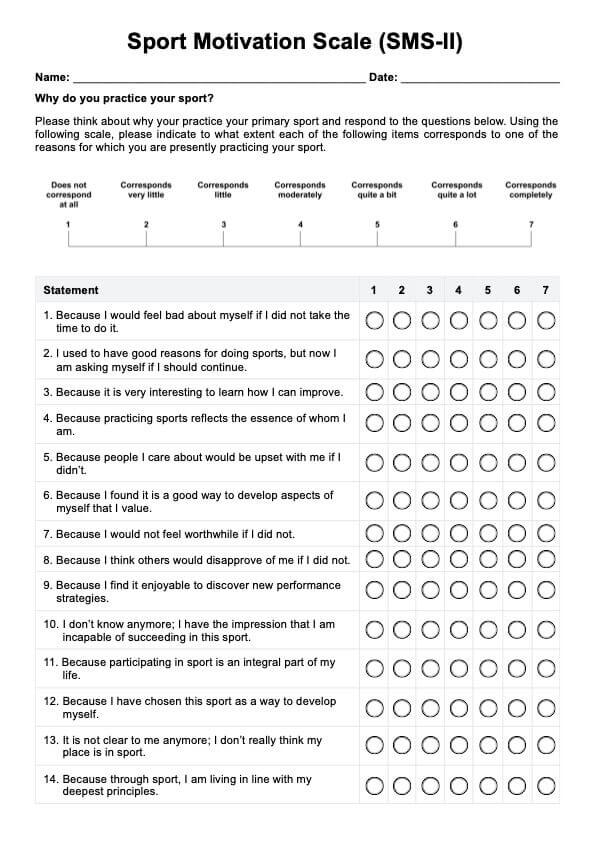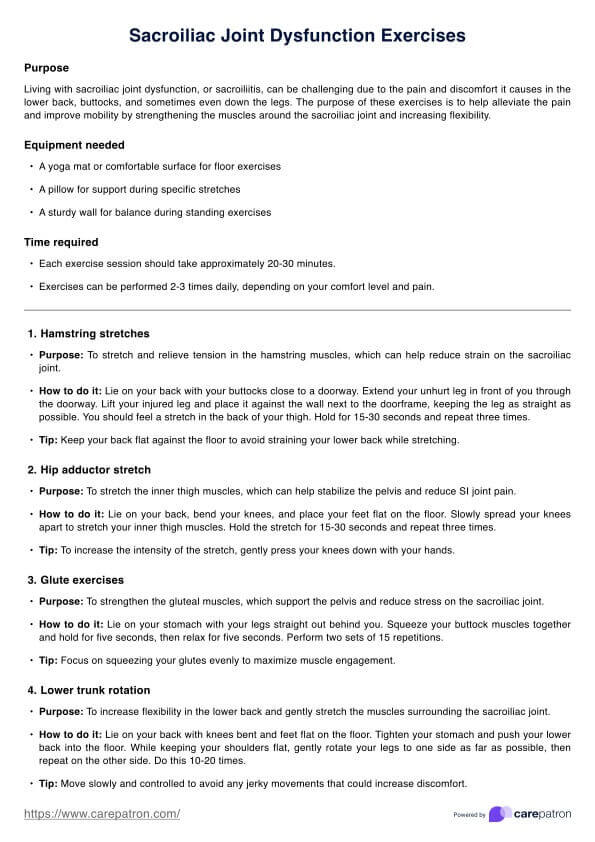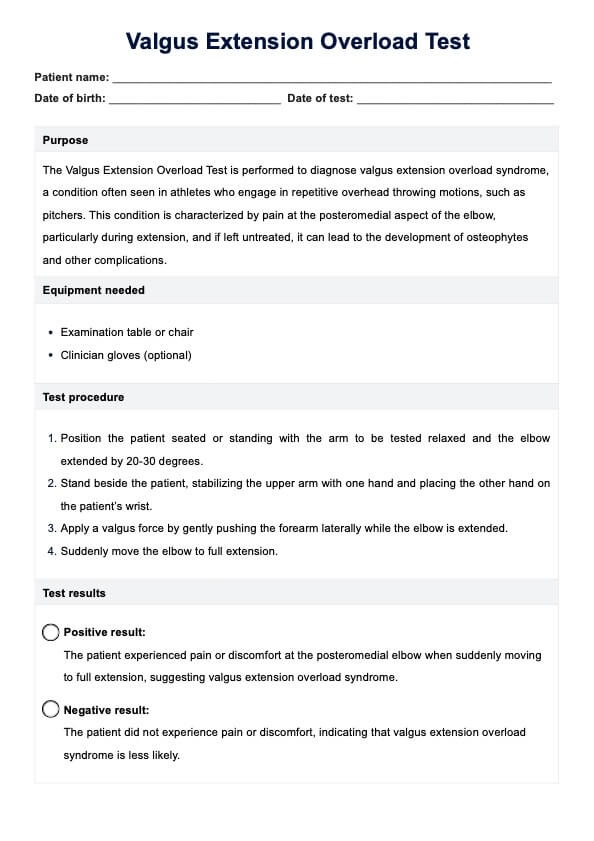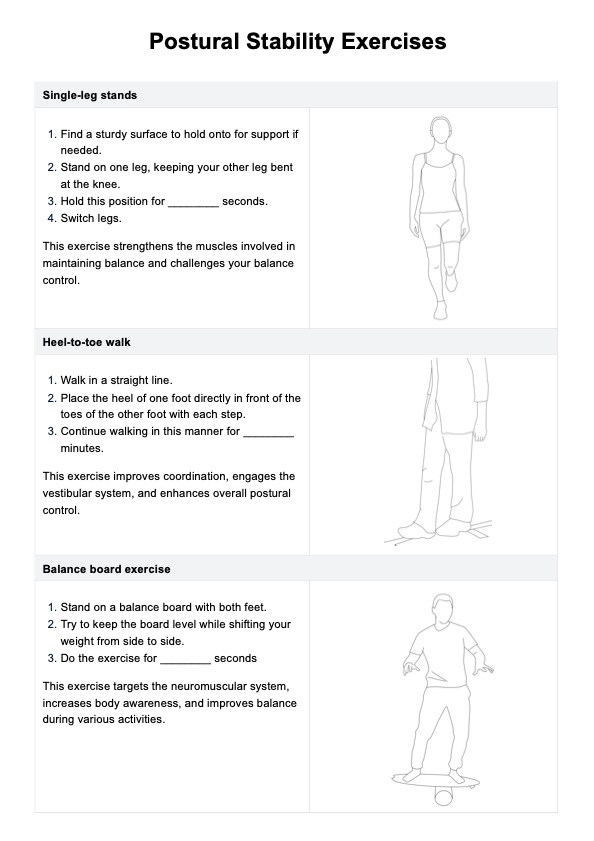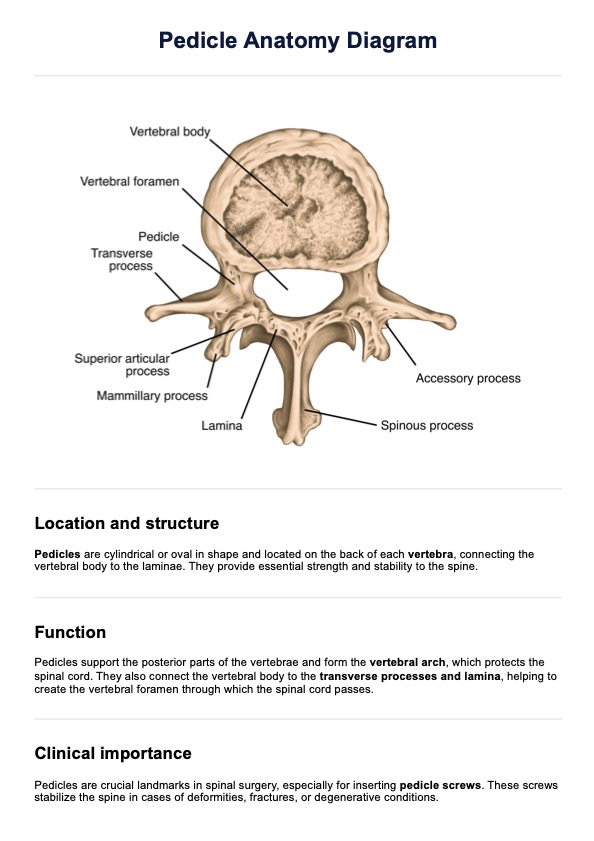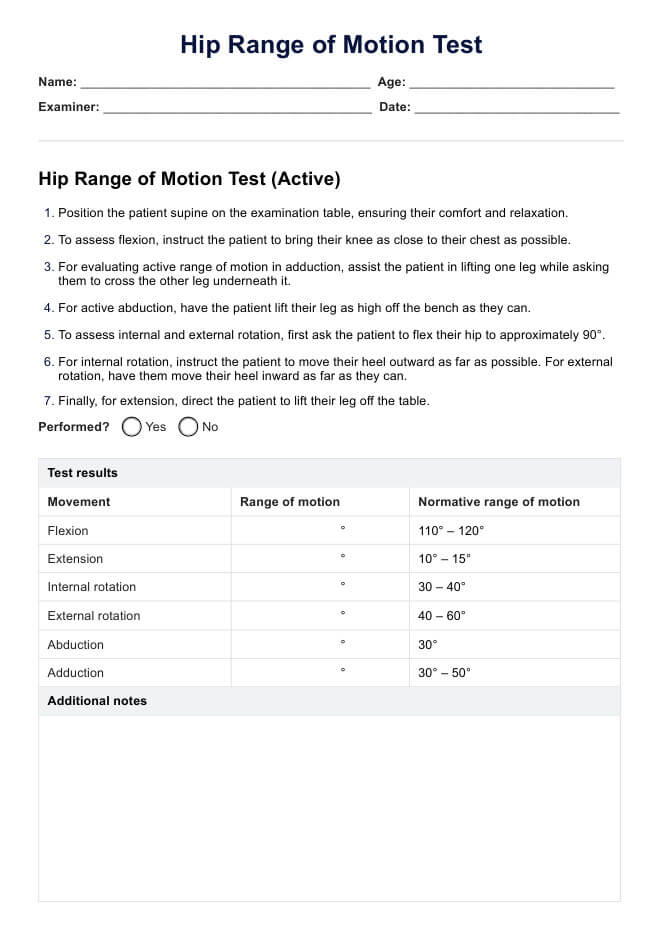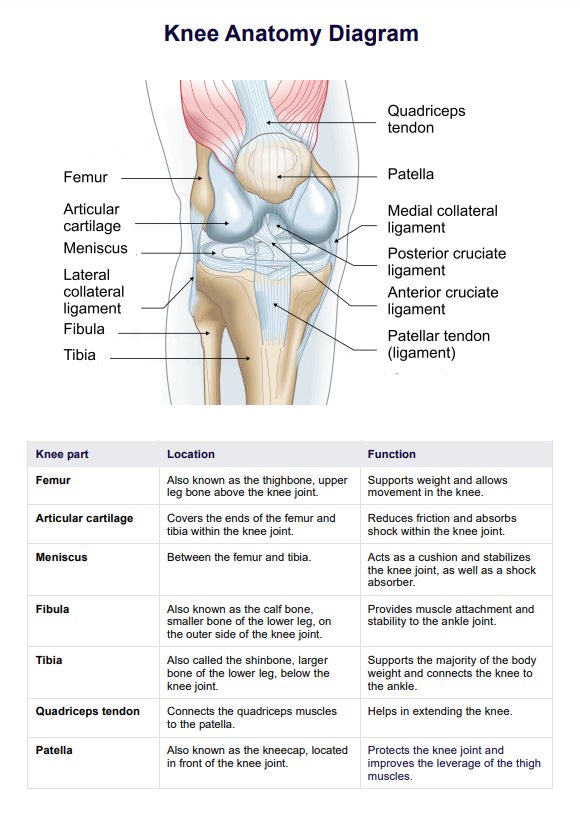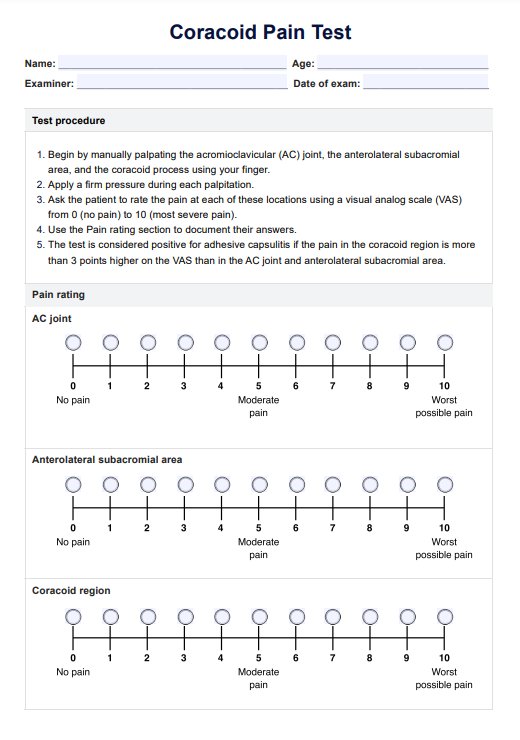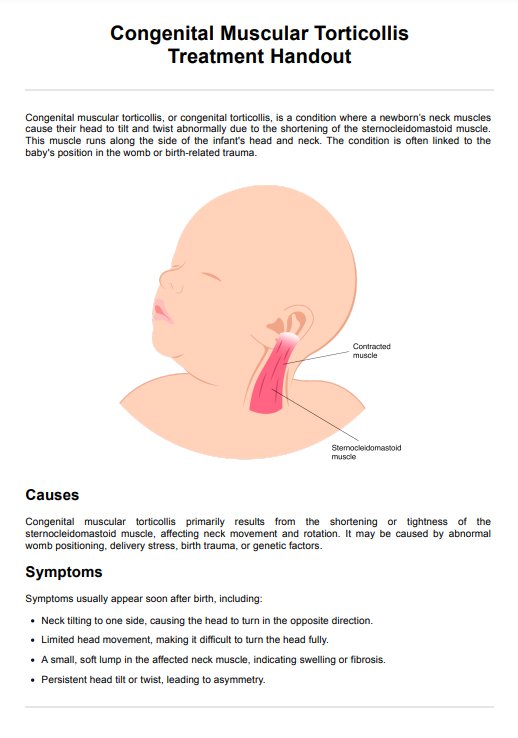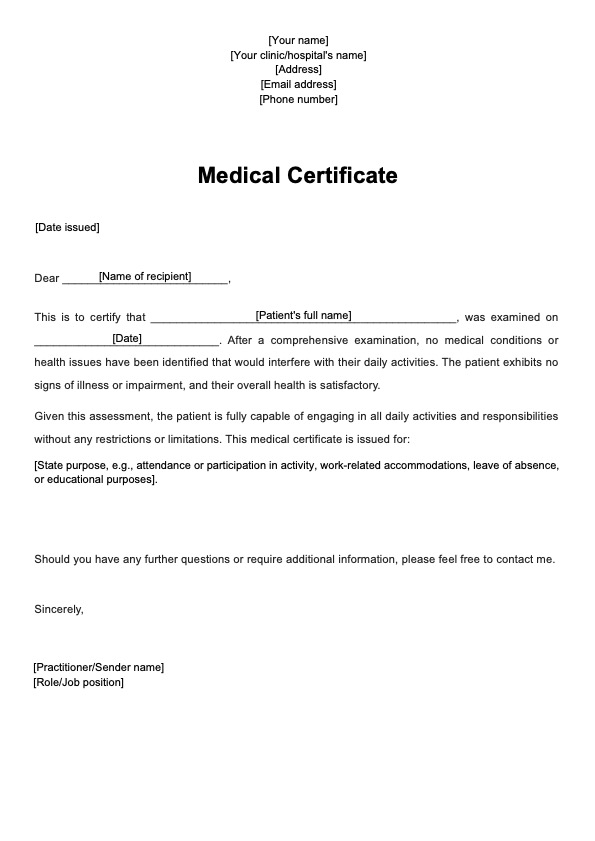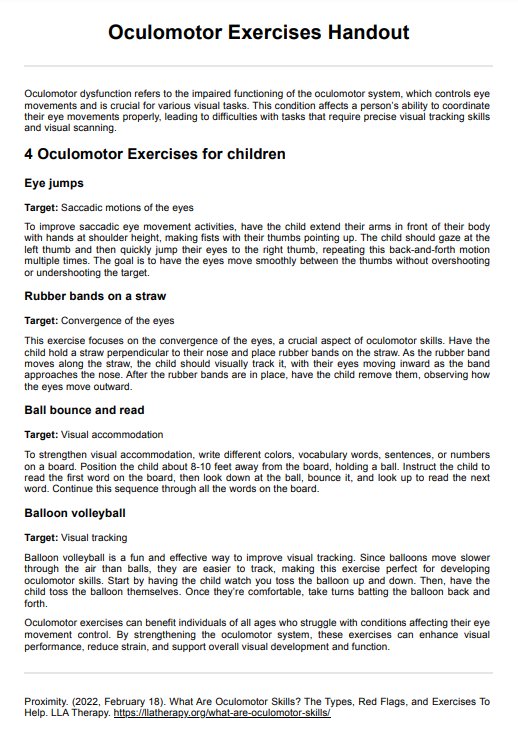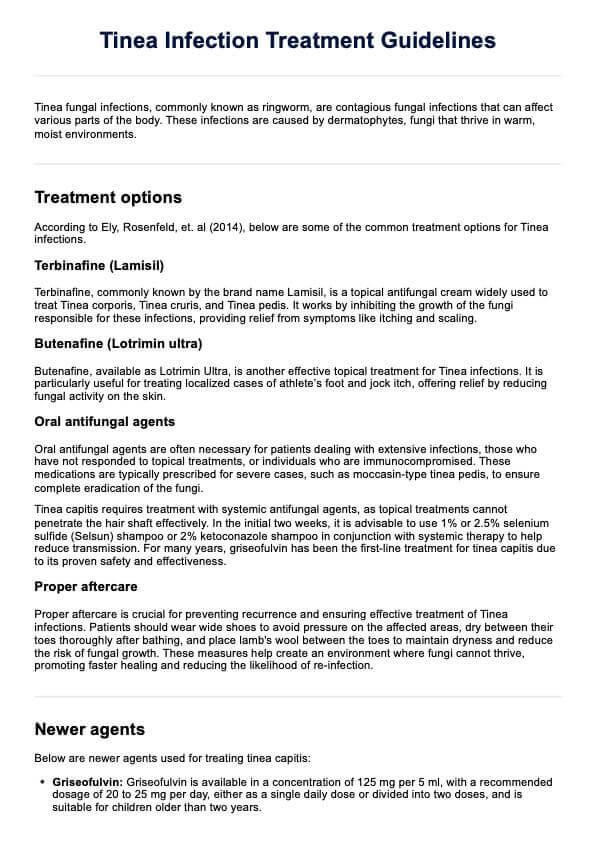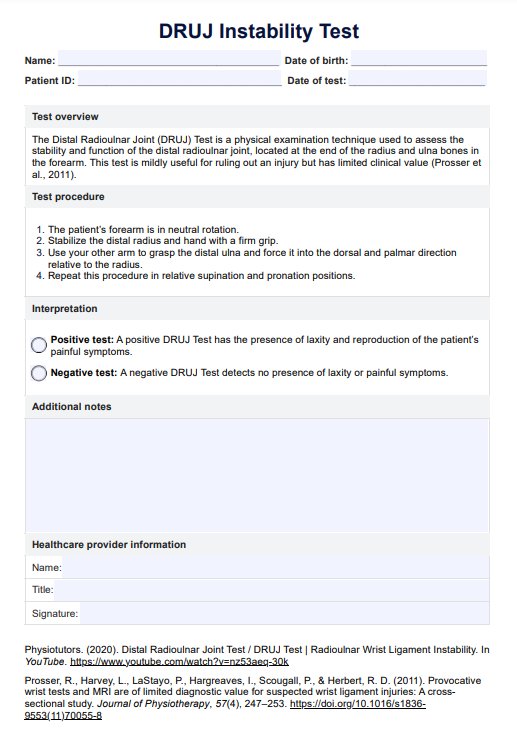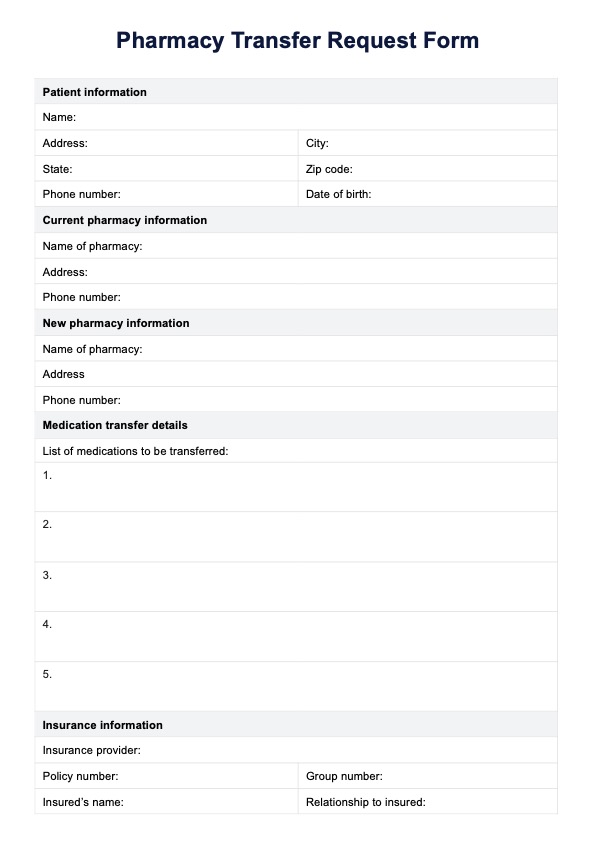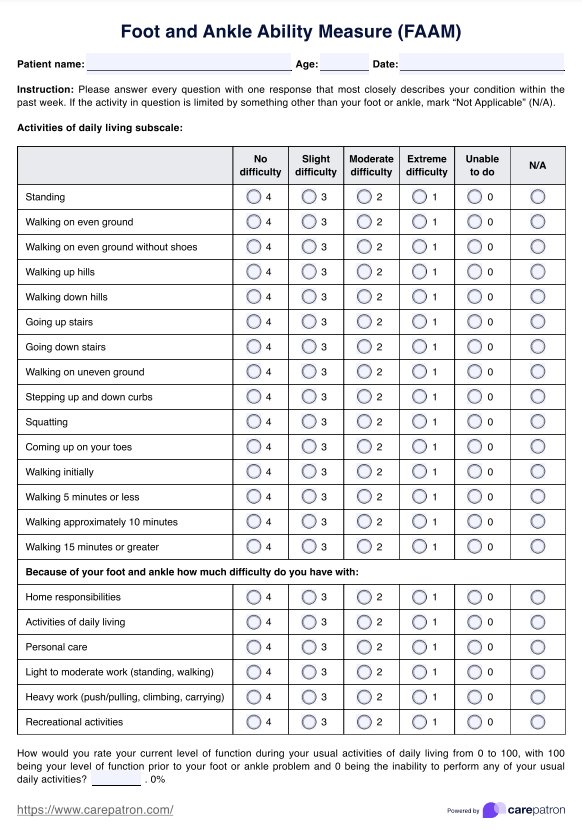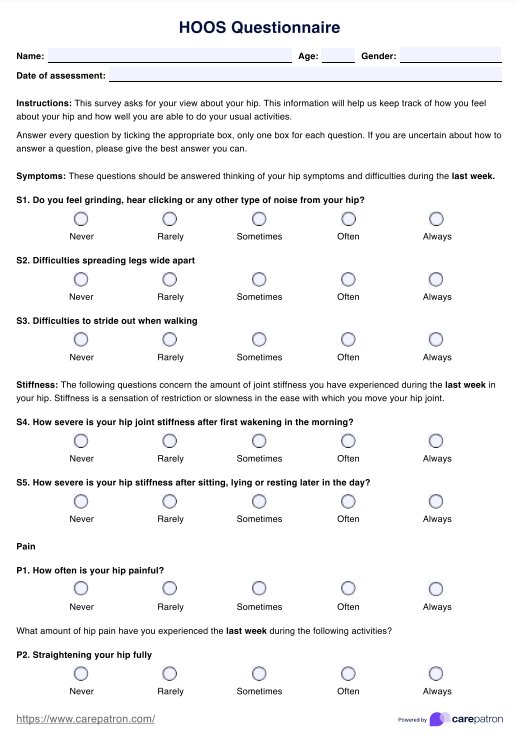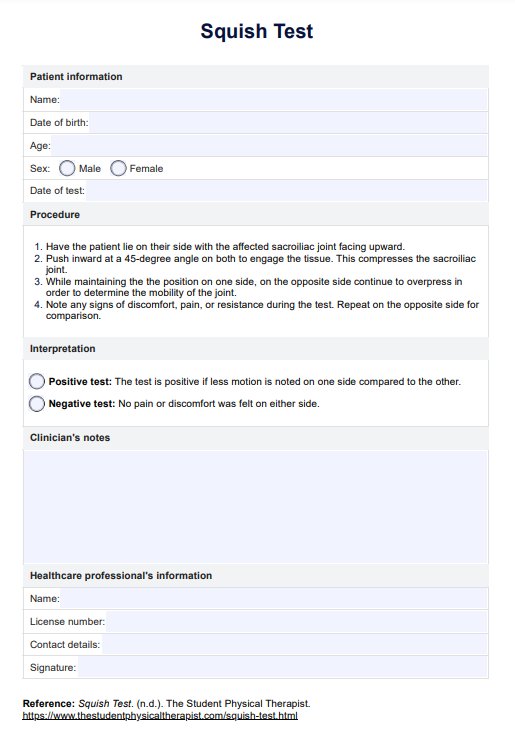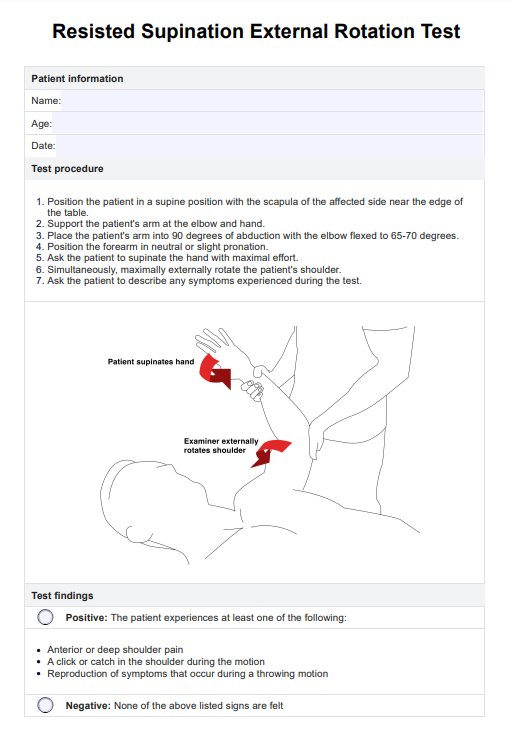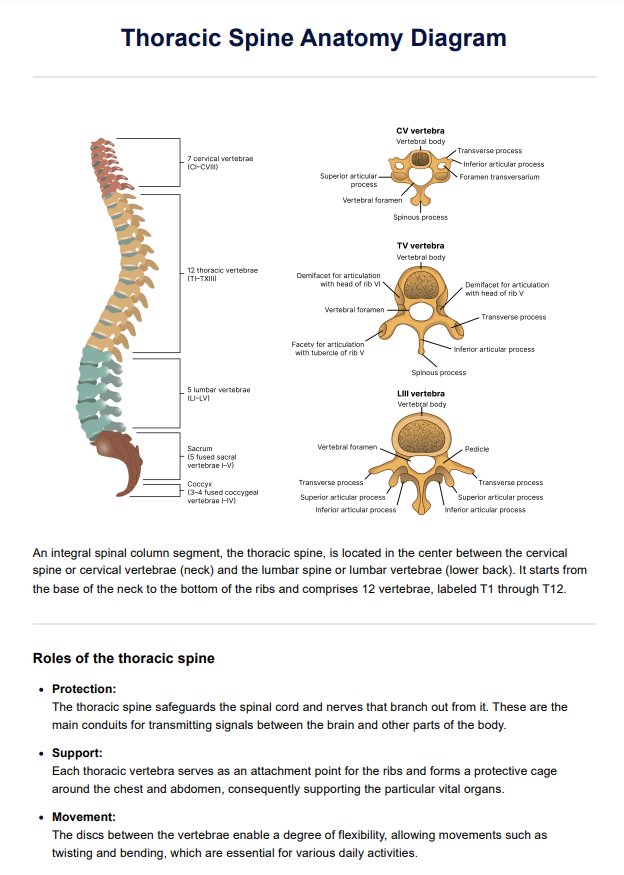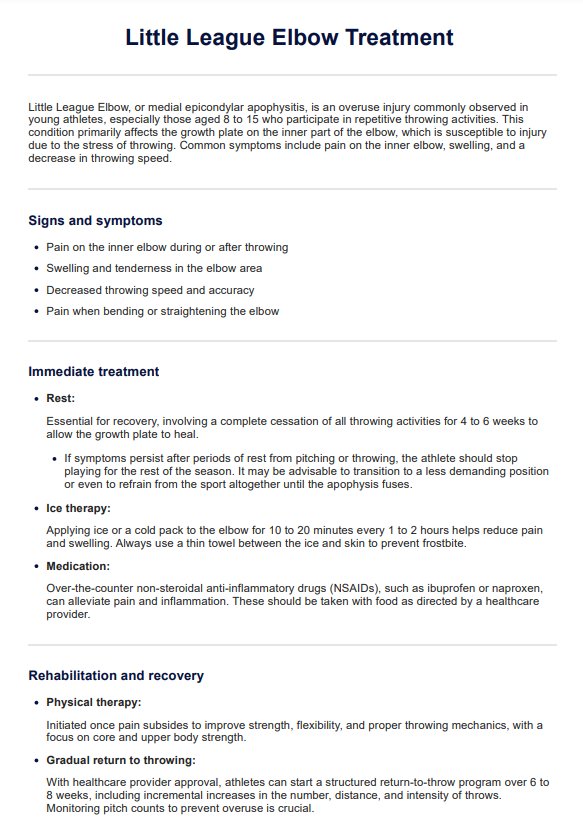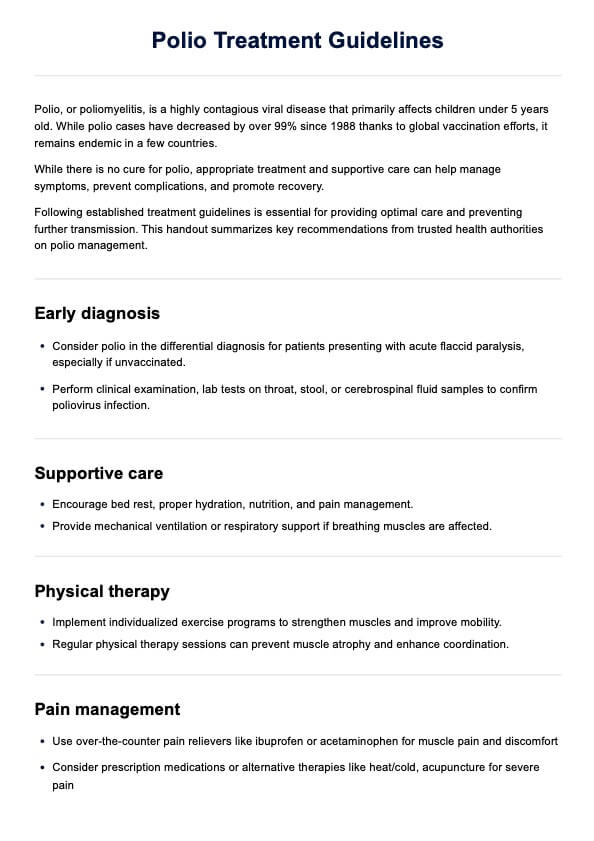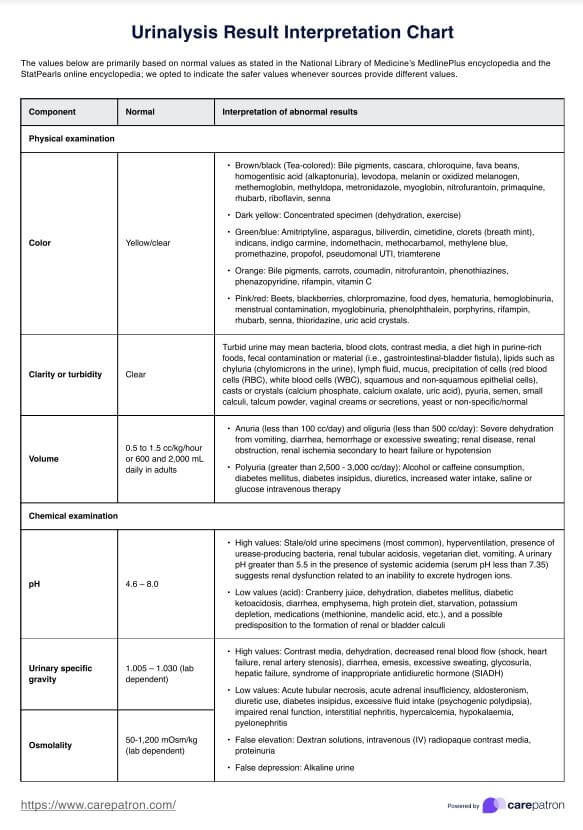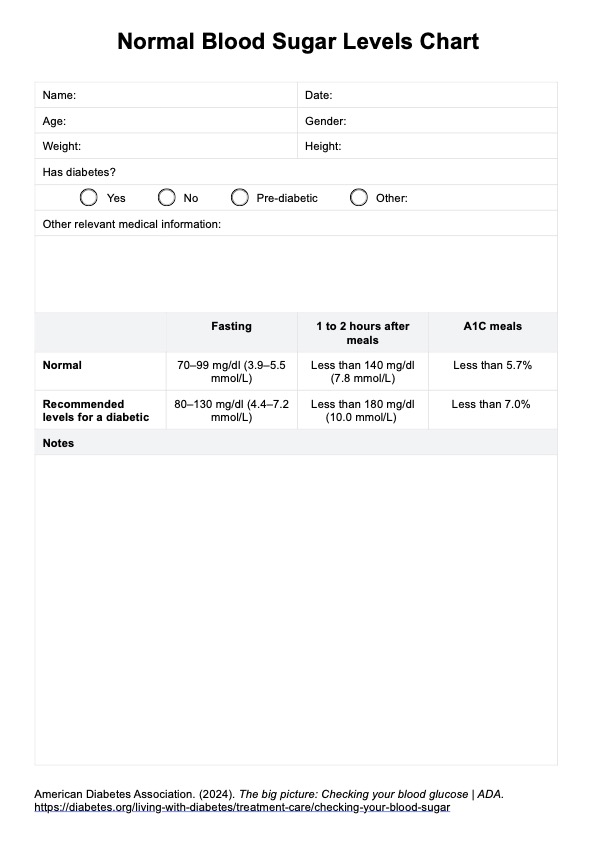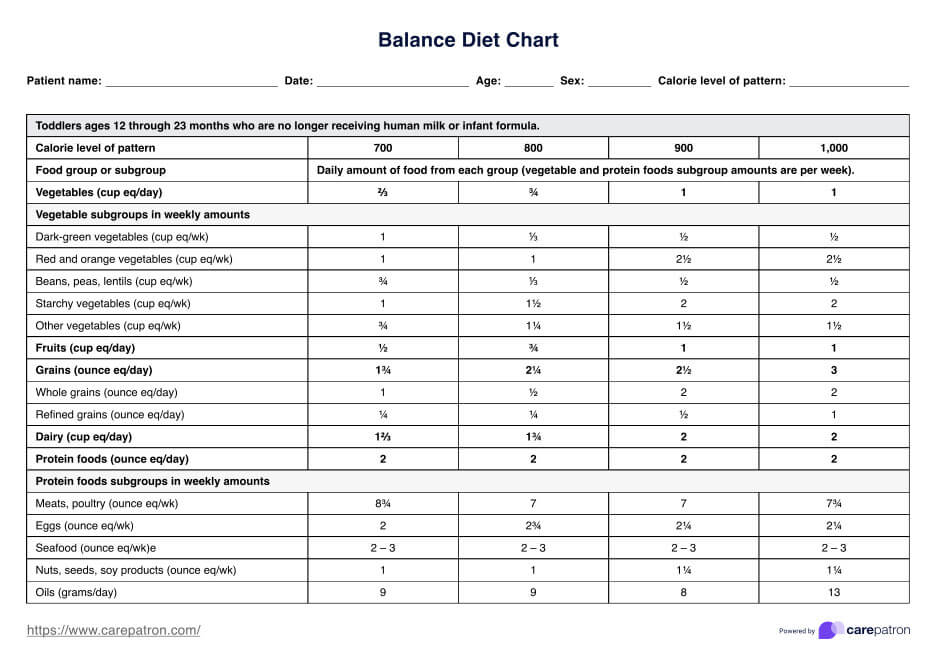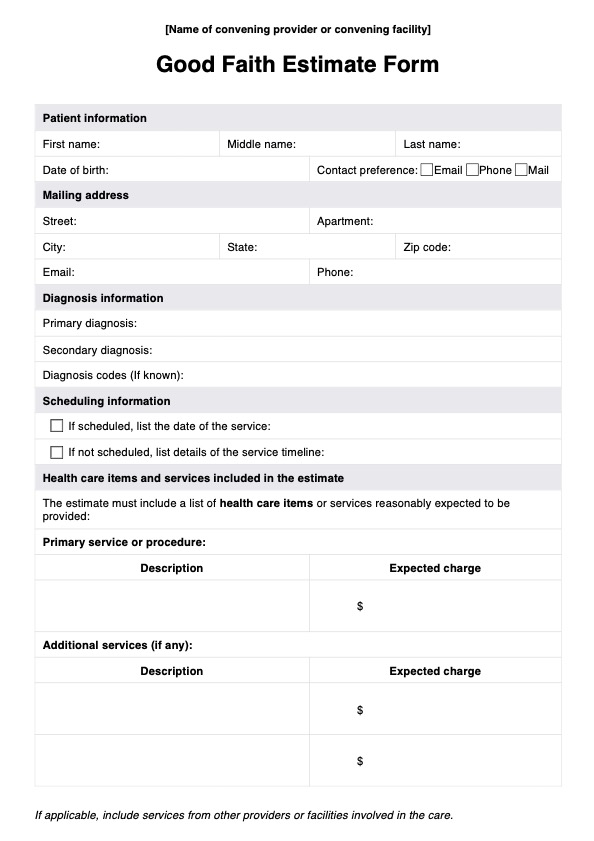List of Fruits and Vegetables
Carepatron's comprehensive List of Fruits and Vegetables is available for free download and use. Stay informed and provide healthier food choices for your patients.


Importance of fruits and vegetables in all diets
Fruits and vegetables play a pivotal role in a healthy diet for individuals across all diet types due to their rich nutrient profiles and health benefits. These plant foods offer a variety of vitamins and minerals along with dietary fiber and natural sugar, making them essential for maintaining overall health (Slavin & Lloyd, 2012). Incorporating a range of fresh veggies and healthy fruits into the daily diet is highly recommended, as these food items help reduce the risk of chronic diseases such as heart disease.
The different colors in fruits and vegetables, from vibrant red fruits to leafy greens, indicate the presence of diverse nutrients (Cömert et al., 2020). For instance, red foods often contain antioxidants like lycopene and beta-carotene, known for their cancer-fighting properties and ability to support visual health.
Encouraging consumption of a wide variety of these foods enhances nutrient intake and promotes a broader intake of health-promoting phytochemicals. For example, adding a salad rich in different colors can significantly elevate the nutritional value of meals. It provides a practical approach for healthcare providers to enhance the dietary patterns of those they advise, ensuring a foundation for long-term health maintenance.
List of Fruits and Vegetables Template
List of Fruits and Vegetables Example
What is a List of Fruits and Vegetables?
A fruit and vegetable list is an essential guide in enhancing an individual's daily diet. This list should include a wide array of fresh fruits and veggies, each packed with health benefits essential for maintaining and improving health.
Vegetables like iceberg lettuce, green beans, and vine-ripe tomatoes provide vitamin C and beta-carotene. Sweet potatoes, garlic, and Brussels sprouts are rich in dietary fibers and antioxidants that help combat heart disease. Green peas, romaine lettuce, celery, cabbage, asparagus, cauliflower, peppers, and zucchini offer versatility, whether raw in salads or stir-fries. Turnip greens, broad beans, snow peas, mushrooms, seeds, eggplant, squash, and black-eyed peas are excellent for enriching meals with plant-based proteins and iron.
When it comes to fruits, ugli fruit, and honeydew melon offer a refreshing taste and hydrating properties. Stone fruit, such as peaches, plums, and nectarines, and berries, like strawberries, blueberries, and raspberries, are celebrated for their rich, natural flavors and health benefits, including improving heart health and providing antioxidants. Apples, bananas, oranges, and watermelon are popular for their convenience and nutrient density, making them perfect for a healthy diet.
A List of Fruits and Vegetables can help individuals make informed dietary choices, ensuring they incorporate a variety of nutrient-dense options. These foods support various aspects of health, from boosting immunity and improving digestion to promoting heart health and managing weight.
How does it work?
Carepatron's List of Fruits and Vegetables is a meticulously curated resource designed to assist medical professionals in guiding patients toward a healthier diet. It categorizes various fruits and vegetables—from garlic to watermelon and yams to peaches and squash—detailing their nutritional benefits and potential health impacts. Here's how the handout works:
Step 1: Access and use the template
Click “Use template” to access the template via the Carepatron app. You can customize or fill out the template before printing for dietary planning and patient consultations.
Step 2: Introduce the list handout to patient
Introduce the detailed list handout during consultations, helping patients visualize the variety of fruits and vegetables available. This visual tool aids in discussing dietary choices and planning.
Step 3: Discuss the List of Fruits and Vegetables
Use the list to discuss specific fruits and vegetables that can benefit the patient’s health conditions. Highlight nutritional benefits and suggest daily servings to integrate into their diet.
Step 4: Provide further patient education and next steps
Offer educational guidance on incorporating these foods into daily meals. Set follow-up appointments to monitor progress and make necessary adjustments to their dietary plan.
Benefits of using this List of Fruits and Vegetables handout
Using the List of Fruits and Vegetables handout provides significant advantages for healthcare professionals aiming to enhance their patients' nutritional awareness and intake. This comprehensive resource is a practical tool in clinical settings, enabling practitioners to visually demonstrate the diversity and importance of including a wide range of fruits and vegetables in a daily diet.
By leveraging this handout, you can effectively communicate the specific health benefits of each item, such as increased fiber intake, essential vitamins and minerals, and the role of antioxidants in disease prevention.
Additionally, the handout simplifies the task of advising patients on how to balance their meals with a variety of colorful and nutritious options. This aids in fostering healthier eating habits, leading to improved management of conditions like diabetes, hypertension, and heart disease.
References
Cömert, E. D., Mogol, B. A., & Gökmen, V. (2020). Relationship between color and antioxidant capacity of fruits and vegetables. Current Research in Food Science, 2, 1–10. https://doi.org/10.1016/j.crfs.2019.11.001
Slavin, J. L., & Lloyd, B. (2012). Health benefits of fruits and vegetables. Advances in Nutrition, 3(4), 506–516. https://doi.org/10.3945/an.112.002154
Commonly asked questions
Incorporating a variety of colorful fruits and vegetables daily is beneficial. Leafy greens, berries, citrus fruits, and cruciferous vegetables like broccoli and cauliflower are recommended for their high nutrient density and health benefits.
Many vegetables can be eaten raw and provide optimal health benefits in this state. Raw vegetables like carrots, bell peppers, and leafy greens retain more vitamins and enzymes, which can be diminished by cooking.
Common fruits include apples, bananas, oranges, and grapes, while popular vegetables are carrots, potatoes, onions, and lettuce. These staples are versatile and nutritious and form the backbone of a balanced diet.


